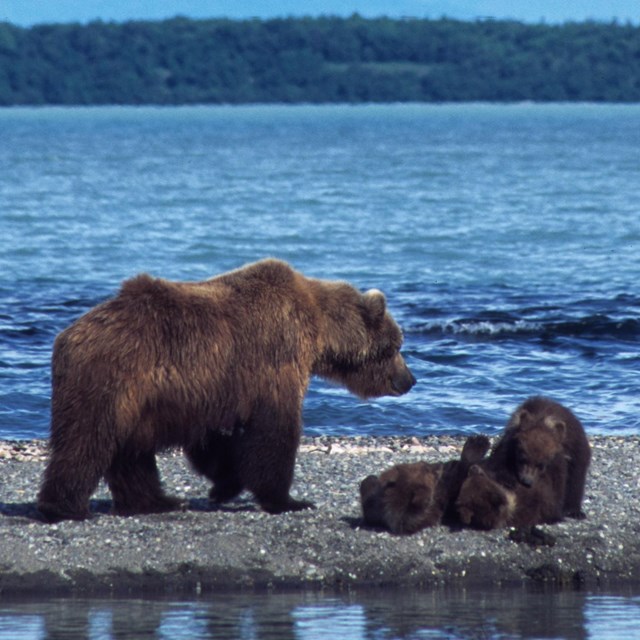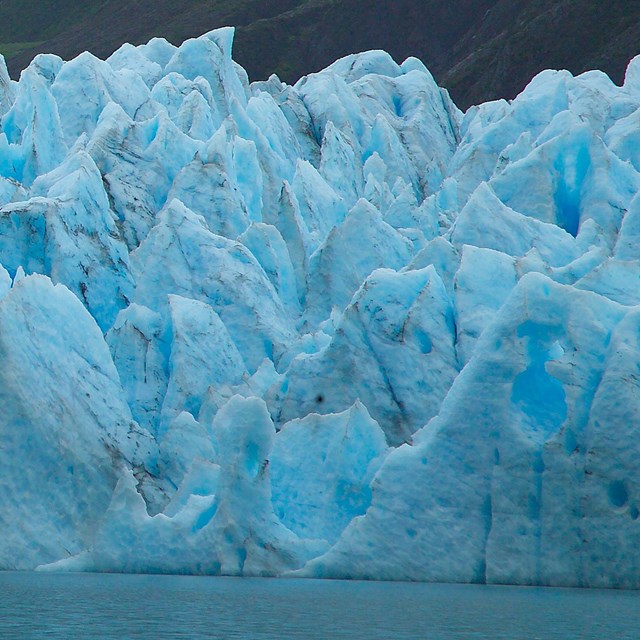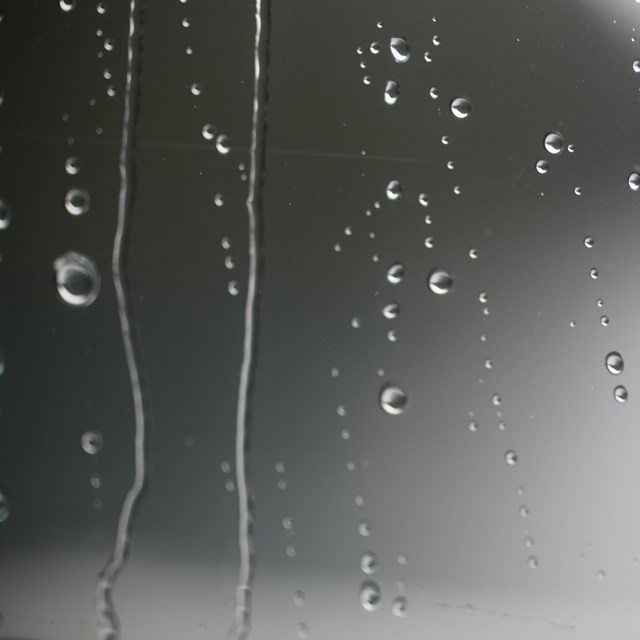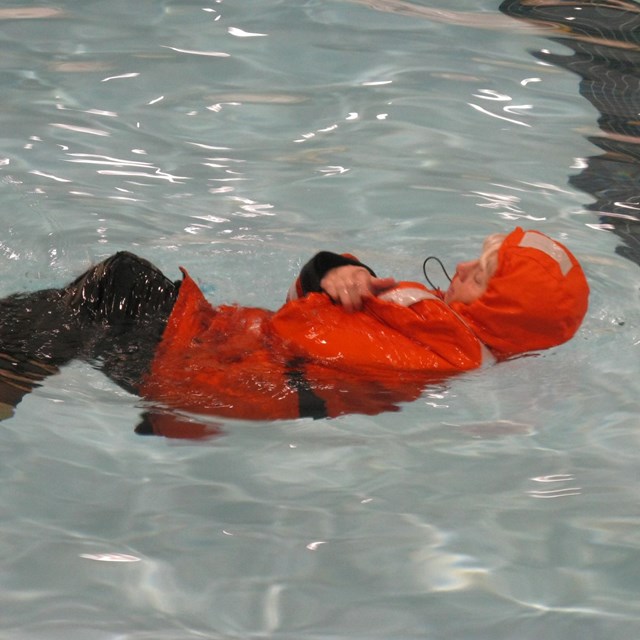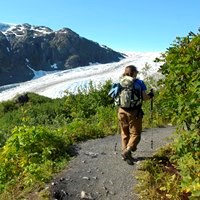
NPS Photo / F. North Welcome to Alaska - remote, rugged, and unpredictable. Anything can happen, including bear encounters, falling ice, radical shifts in the weather, earthquakes, or avalanches. Preparation can make the difference between the adventure of a lifetime and tragedy. Your national parks can be great places to challenge yourself physically and mentally. Yet, it is important to know your limits and remember you are responsible for your own safety. Whether you're headed out on a day hike, backcountry trip, or even just a scenic drive, it's always a good idea to have emergency supplies with you including extra food and water. Let someone know your plans and who to contact if you don't check in. Dial 9-1-1 in Emergencies - While cell phone coverage is very spotty in the park; on the waters and road leading to the park, cell coverage may still exist. Dispatchers from the Seward area will likely be able to assist you. Within the Exit Glacier Area, emergencies should be reported to rangers on patrol, or to staff at the Exit Glacier Nature Center. On the Kenai Fjords coast, a marine VHF radio (channel 16) or satellite phone may be the best way to contact the park or Coast Guard. Even experienced wilderness travelers can have an accident that results in an injury or even death. Accidents are possible anywhere - so the information below is important to all visitors. You may also want to read more specific safety information from this page to prepare for your trip.
More information on wilderness travel can be found in our backcountry webpages.
|
Last updated: October 18, 2024

